What is the best proportion of hand-brewed coffee powder? How much water does it take to make 20 grams of coffee powder?
Most of the time, we rely on the golden cup theory when making coffee, that is, under certain circumstances, we can understand the relationship between the ratio of powder to water and concentration and extraction rate. As a result, the reasonable proportion of powder and water needed to make coffee is deduced.
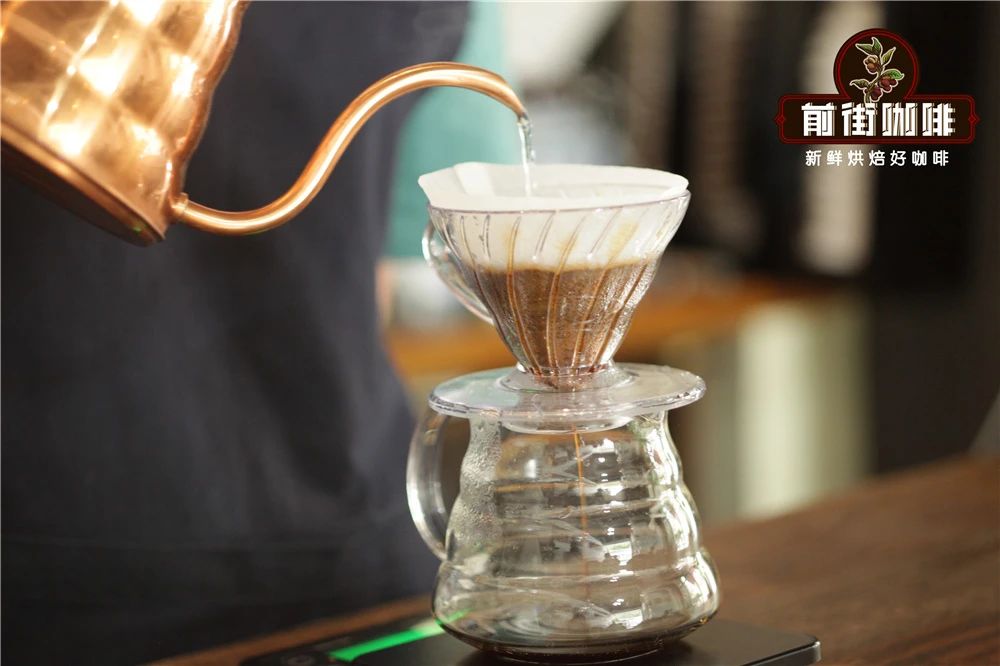
Powder-water ratio
What is the appropriate proportion of hand flushing powder? 1:15 is believed to be the most common answer. The pink water ratio at 1:15 seems to be the existence of "truth". In many hand brewing experiments in Qianjie, when the ratio of powder to water is 1:15, the concentration is mostly concentrated in 1.301.36%, and the extraction rate of coffee is calculated to be between 17.86and 18.69%. And the flavor of coffee can be well expressed by tasting.
In other words, 1:15 hand powder ratio is the golden rule?
Qianjie holds a bold guess, careful verification of the mentality of inference, although the use of 1:15 ratio to make coffee, coffee flavor performance is quite good, but is it possible to have a more appropriate powder ratio?
In the gold cup theory, 1.30-1.36% belongs to the high concentration, while the extraction rate is on the low side, which is the so-called "high concentration and low extraction". So if you use more water to brew, will it reduce the concentration of coffee and increase the extraction rate of coffee?
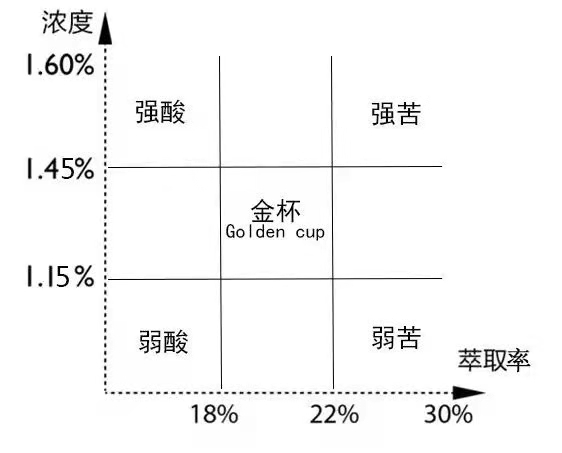
In order to test this idea, Qianjie used the powder-water ratio of 1:16 to brew 5 groups of coffee, and the measured concentration was 1.23-1.33%, and the coffee extraction rate was calculated to be 18.18-19.68%. From the paper data, it is very appropriate to the gold cup range. Through tasting, the overall sensory performance of most of the coffee was very suitable, but one group of sherry beans showed a sense of water and a light flavor, although the measured concentration was 1.25%.
Effect of Powder-Water ratio on Coffee Flavor
In order to get the ratio of powder to water, what is the effect on the flavor of coffee? A group of comparative experiments on the change of powder-water ratio of Huakui 5.0 coffee beans were made in Qianjie. The concentration and extraction rate were measured at 1:15, 1:16, 1:17 and 1:18 respectively, and the flavor feedback was carried out.
"1:15" concentration: 1.39%, extraction rate: 19.11%
Flavor: full-bodied, berries, attractive aroma.
"1:16" concentration: 1.33%; extraction rate: 19.68%
Flavor: berries with obvious acidity and comfort.
"1:17" concentration: 1.25%; extraction rate: 19.80%
Flavor: the concentration is suitable, the acidity is weaker than the last cup, and it is sweet.
"1:18" concentration: 1.18%; extraction rate: 19.92%
Flavor: the acidity is weaker than the last one, with berry notes and a bitter finish.
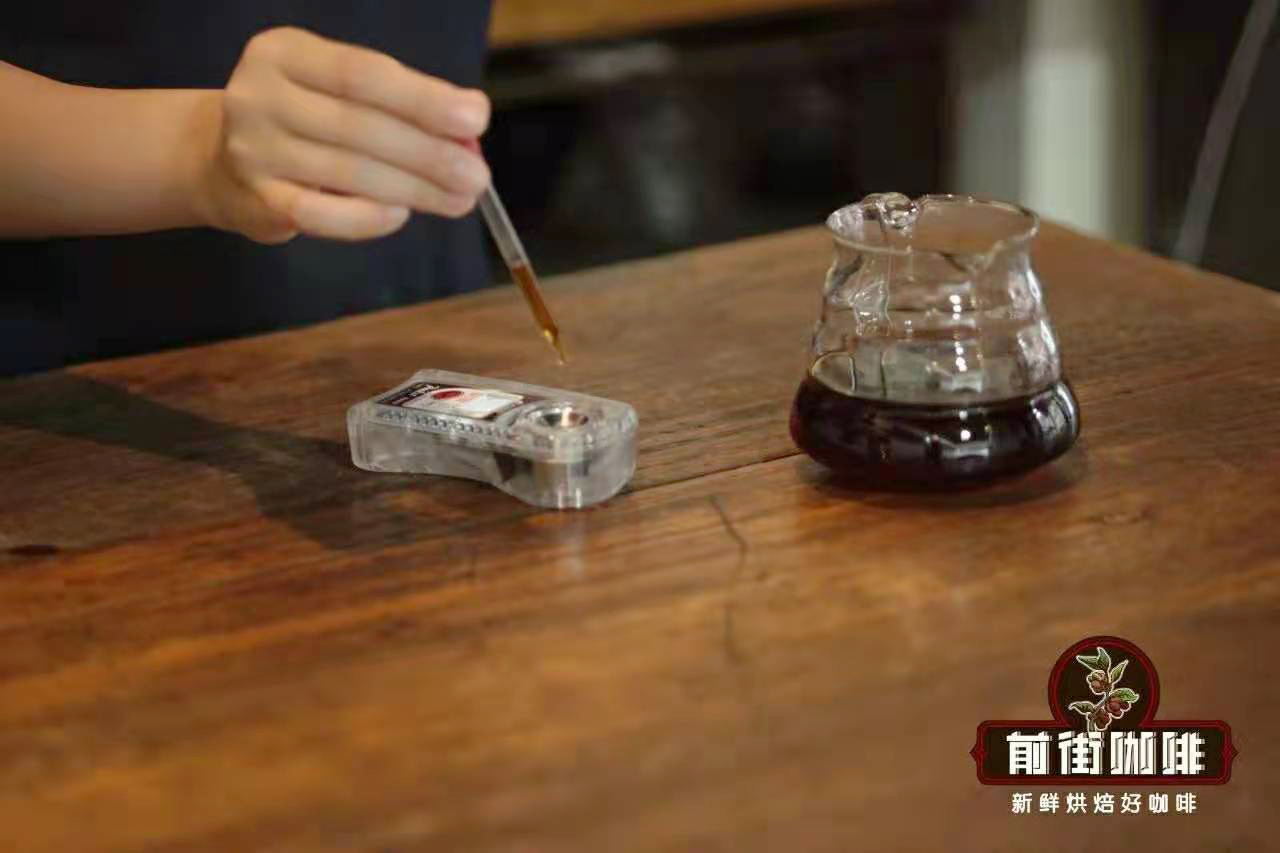
In this experiment, in fact, each cup of water injected with more 25ml than the previous cup, it is also seen that the more water is injected later, the lower the extraction efficiency will be, that is, in some cooking explanations, it is described as the middle and front section of the water injection is to flush out the flavor, and the latter section is to adjust the concentration.
In Huakui coffee beans, although 1:15, 1:16 and 1:17 show slightly different degrees of sour and sweetness, they all have a positive flavor in human senses, which is delicious from different angles. The difference between "1:17" and "1:18" is the smallest, and the concentration and extraction rate are in the range of gold cup. However, the human senses feel that the end of "1:18" has an uncomfortable but bitter taste. It can be boldly inferred that it is the last 25ml in "1:18" that extracts bitter substances, reaching the wide value of the human senses, so you can taste bitterness.
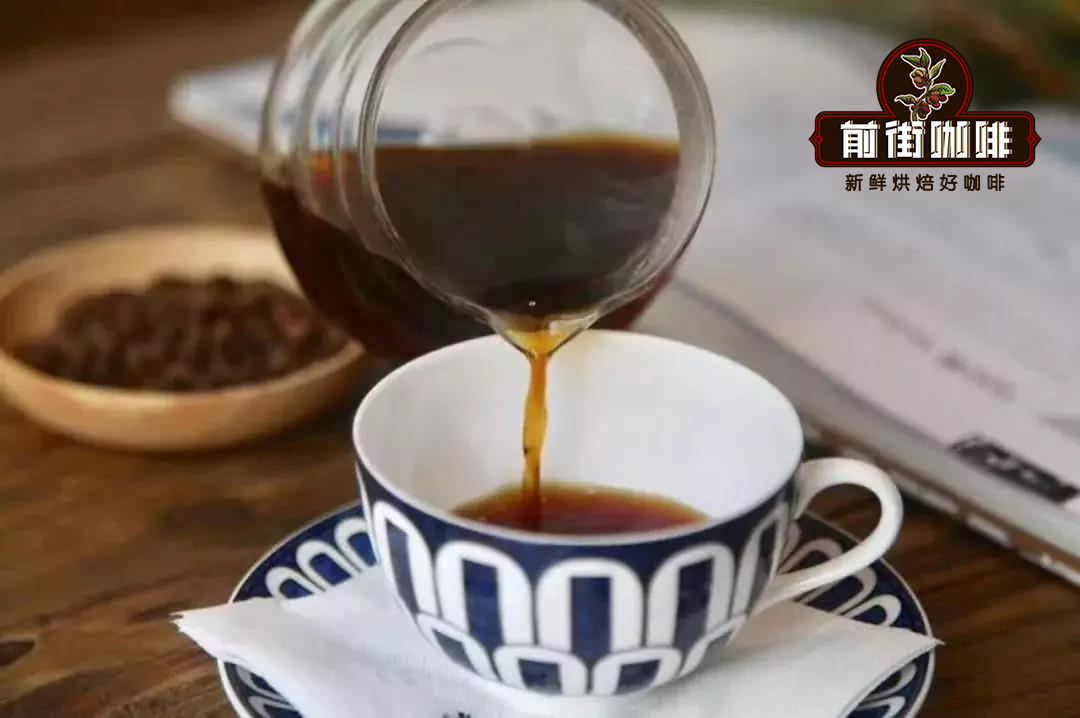
Of course, we also come to the conclusion that the coffee bean Huakui 5.0 performs satisfactorily not only in noodle water than at 1:15, but also at 1:16 and 1:17.
Important Notice :
前街咖啡 FrontStreet Coffee has moved to new addredd:
FrontStreet Coffee Address: 315,Donghua East Road,GuangZhou
Tel:020 38364473
- Prev
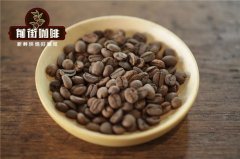
Premium Coffee beans-SCAA Fine Bean grading system
The new premium bean grading system of the American Fine Coffee Association (SCAA) has been adopted by the American Coffee quality Association (CQI) in recent years. Raw bean standard: 350 grams of raw beans should be sampled with a water content of 10% 12%. Raw beans must not have an indecent smell. The number of raw bean size must be equal, and the size difference rate shall not exceed 5% of the size stated in the contract. The number of defective beans can be divided into first-class defects.
- Next
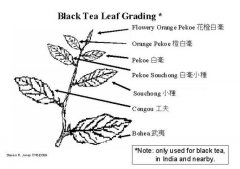
Ceylon black tea the price of first-class tea in private tea gardens in Sri Lanka does Ceylon black tea taste good?
According to legend, tea originated in China 5000 years ago. In 2737 BC, the Chinese emperor Shennong declared that tea was good for health. In the 19th and 20th centuries, however, it was Ceylon (now Sri Lanka) that made tea famous. Scotsman James Taylor planted the first tea garden in Sri Lanka. In 1867, Taylor planted 20 acres of tea at Loolecondera Manor.
Related
- Beginners will see the "Coffee pull flower" guide!
- What is the difference between ice blog purified milk and ordinary milk coffee?
- Why is the Philippines the largest producer of crops in Liberia?
- For coffee extraction, should the fine powder be retained?
- How does extracted espresso fill pressed powder? How much strength does it take to press the powder?
- How to make jasmine cold extract coffee? Is the jasmine + latte good?
- Will this little toy really make the coffee taste better? How does Lily Drip affect coffee extraction?
- Will the action of slapping the filter cup also affect coffee extraction?
- What's the difference between powder-to-water ratio and powder-to-liquid ratio?
- What is the Ethiopian local species? What does it have to do with Heirloom native species?

